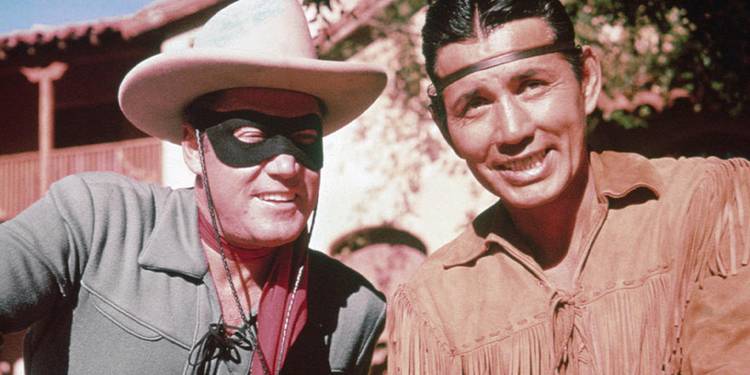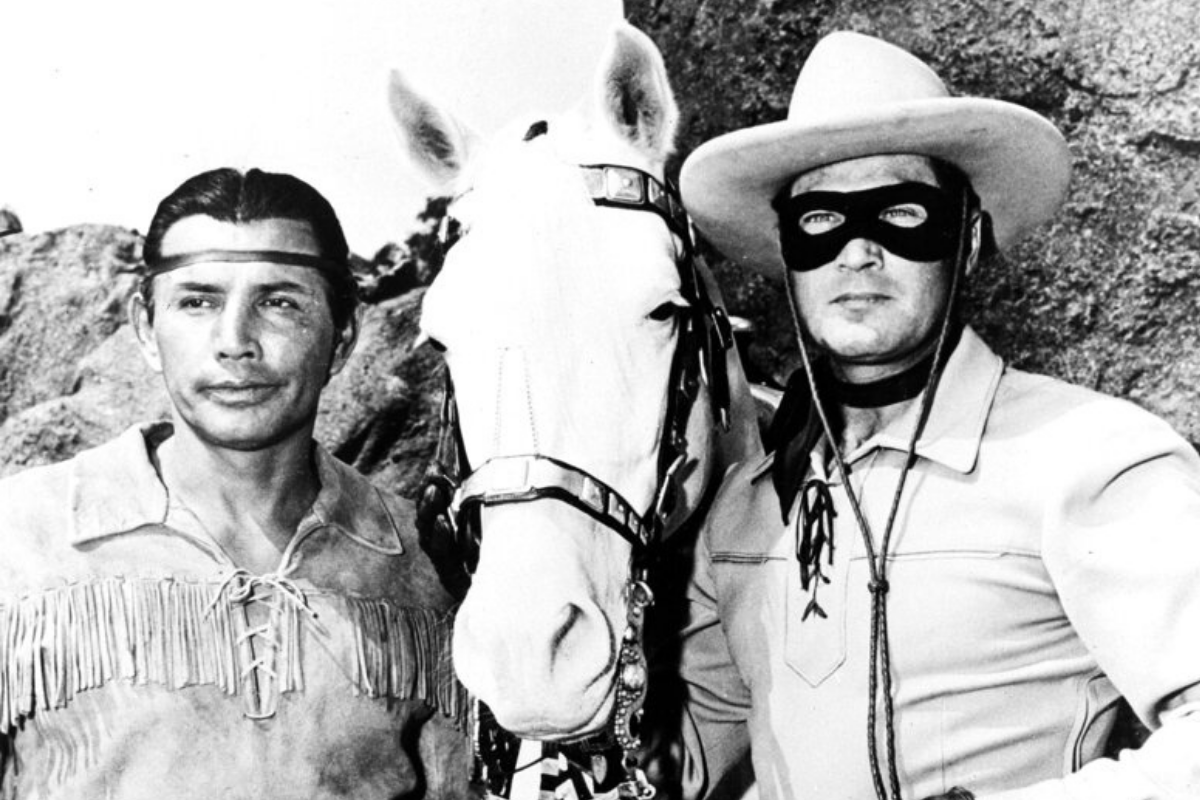For decades, Jay Silverheels was immortalized as Tonto, the loyal sidekick to the Lone Ranger — a character that defined early American television. But behind the scenes, Silverheels’ reality was far from the heroic image that captivated millions.

In a striking revelation, the legacy of Jay Silverheels, the iconic actor best known for his role as Tonto in “The Lone Ranger,” is being reexamined, shedding light on the stark realities he faced in Hollywood. Born Harold J. Smith on May 26, 1912, Silverheels broke barriers as the first Native American to portray a Native character on television. However, his journey was marred by systemic racism, exploitation, and the burden of a name that meant “fool” in Spanish.
 Despite his groundbreaking role, Silverheels was paid significantly less than his white co-star, earning only half of what Clayton Moore made. The show’s budget constraints forced him and Moore to change clothes in a gas station restroom, highlighting the lack of respect for their work. Silverheels often found himself delivering lines in broken English, a stereotype that he resented. In a moment of candor in 1957, he succinctly expressed his frustration: “Tonto is stupid.”
Despite his groundbreaking role, Silverheels was paid significantly less than his white co-star, earning only half of what Clayton Moore made. The show’s budget constraints forced him and Moore to change clothes in a gas station restroom, highlighting the lack of respect for their work. Silverheels often found himself delivering lines in broken English, a stereotype that he resented. In a moment of candor in 1957, he succinctly expressed his frustration: “Tonto is stupid.”
Behind the scenes, the actor endured physical and emotional struggles, including a heart attack in 1955 that sidelined him for eight weeks. Despite his athletic background and the fame that followed, he remained confined to stereotypical roles, leading to a career that felt more like a trap than a triumph.

In response to the ongoing marginalization of Native actors, Silverheels co-founded the Indian Actors Workshop in the early 1960s, aiming to empower Native performers and reshape their representation in Hollywood. His efforts were not without criticism; some activists viewed Tonto as a symbol of the very stereotypes he sought to challenge. Yet, Silverheels remained steadfast, believing in the importance of training and representation.
Jay Silverheels passed away on March 5, 1980, but his legacy endures. He is remembered not only for his role as Tonto but also for his commitment to improving opportunities for Native actors. His story is a poignant reminder of the struggles faced by Indigenous performers in an industry that often prioritizes profit over authenticity. As Hollywood continues to grapple with its past, Silverheels’ journey serves as a vital chapter in the ongoing fight for equitable representation.
Born Harold J. Smith in 1912 on the Six Nations of the Grand River reserve in Ontario, Silverheels made history as the first Native American actor to star in a major TV series. Yet Hollywood, while quick to capitalize on his image, never treated him as an equal.

Despite his pivotal role, Silverheels was paid less than half of what his co-star, Clayton Moore, earned. Both men were so poorly compensated that they changed into costume in gas station bathrooms between takes. The stark inequality was made worse by the scripts themselves — Silverheels was forced to deliver lines in broken English, perpetuating damaging stereotypes that he despised.
In a rare, defiant interview in 1957, Silverheels admitted bitterly:
“Tonto is stupid.”
Behind his calm demeanor, Silverheels carried deep frustration. He had been a gifted athlete, a boxer, and a lacrosse player before acting — but Hollywood only saw him through the narrow lens of stereotype. Even after suffering a heart attack in 1955, he pushed himself back onto set, determined to prove that Native actors could hold their own in an industry that refused to respect them.

But Silverheels didn’t just endure — he fought back. In the early 1960s, he co-founded the Indian Actors Workshop, creating a haven for Native performers to train, connect, and reclaim their cultural identity. Some critics accused him of hypocrisy for ever playing Tonto, but Silverheels saw his mission differently: to open doors that had been closed to Indigenous artists for generations.
When he died in 1980, Hollywood barely paused. Yet today, his influence looms larger than ever. Silverheels was more than Tonto — he was a pioneer, an activist, and a man who dared to confront an industry built on exclusion.
His story exposes the painful truth behind the Western myth: while America cheered its heroes, the real hero was fighting quietly for dignity just off-camera.





